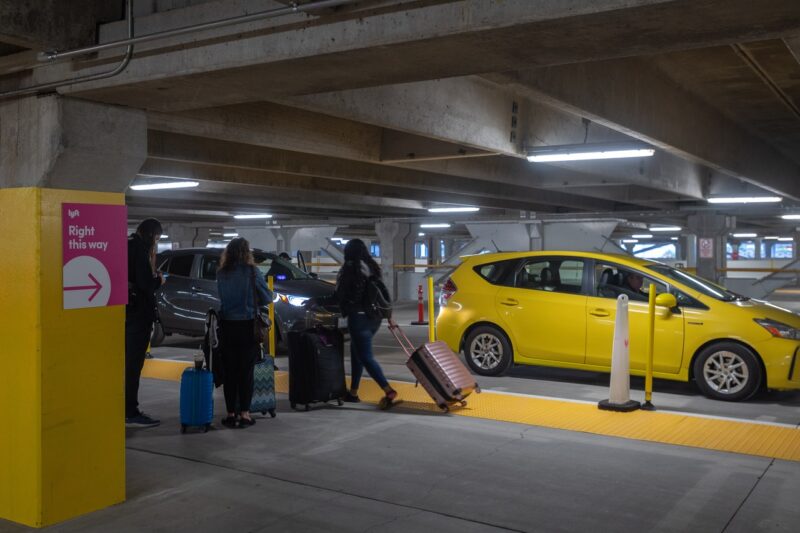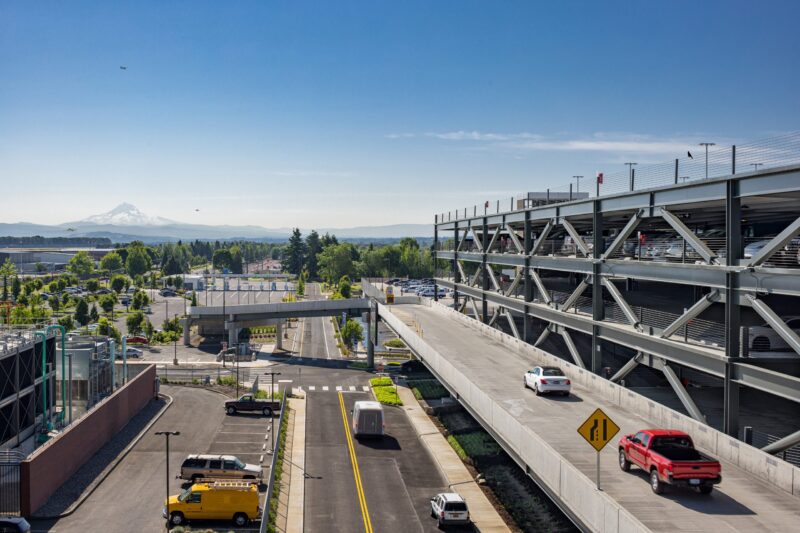Every year, thousands of travelers leave their vehicles parked at Portland International Airport (PDX), trusting they’ll return to find them just as they left them. While many focus on catching flights or planning return trips, few give much thought to what happens to their cars in the interim. Behind the scenes, airport parking involves far more than just leaving a vehicle in a marked spot. Whether travelers choose short-term, long-term, or economy parking, it helps to understand the systems and precautions in place. Travelers are advised to reserve your space in advance—not just for convenience, but to secure a spot within the better-monitored areas.
Surveillance and Monitoring Systems
Security remains a paramount concern across all airport parking infrastructures, and Portland International Airport (PDX) has allocated substantial resources toward cultivating a meticulously safeguarded environment. The lots are monitored with a network of security cameras, which operate 24/7 to deter theft, vandalism, or suspicious behavior. Security personnel frequently patrol the lots—both on foot and in marked vehicles—to ensure safety and assist with any concerns that may arise.
While surveillance footage is available to aid investigations if necessary, it’s important to note that these systems primarily serve a preventive role. They are intended to deter unlawful behavior rather than ensure the retrieval of stolen property. In general, reported incidents of car theft or vandalism at PDX are relatively low, but the risk, while minimal, is not entirely absent.
Weather Exposure and Physical Condition
Portland’s climate is often mild, but exposure to the elements can still affect parked vehicles over time. In uncovered long-term lots, cars may be subjected to rain, sun, and occasional winter frost. This can lead to minor cosmetic issues such as fading paint, dirty windshields, or corroded wipers—especially for vehicles left unattended for extended periods.

Drivers who travel frequently often return to find dead batteries or low tire pressure, particularly if the vehicle is older. Flat tires from slow leaks or seasonal changes in air pressure are not uncommon. Some travelers choose to leave their car under a weather-resistant cover, though this is not a widely adopted practice at public airport lots due to restrictions on visibility and security monitoring.
Operational Oversight and Lot Maintenance
Operating largely out of sight, the facilities management team at PDX is entrusted with upholding structural integrity, logistical order, and overall safety within the airport’s expansive parking infrastructure. This includes clearing debris, repainting lines, inspecting light posts, and ensuring that snow or ice is promptly removed during winter months. Their role also includes identifying vehicles that appear abandoned or improperly parked.
Vehicles left in violation of posted terms or beyond the allowed duration may be subject to towing. The airport authority typically issues notices before taking such actions, but travelers are responsible for understanding the specific rules of their chosen lot.
Additionally, some travelers may receive assistance from on-site staff for minor issues such as lockouts or jump-starts. However, these services are limited and not guaranteed, especially during peak travel periods.
Insurance, Liability, and Traveler Responsibility
Most airport parking facilities, including those at PDX, operate under a “park at your own risk” policy. This means the airport is not liable for damage, loss, or theft unless it can be directly linked to negligence on their part.
Keeping valuables out of sight, locking the vehicle, and choosing well-lit areas are basic precautions. In addition, it is advisable to take photos of the vehicle before leaving, especially for long trips, to record its condition.
Planning Ahead for Peace of Mind
For many, airport parking is simply a means to an end—but what happens to a car while it’s left behind deserves consideration. By understanding the systems, risks, and responsibilities involved, travelers can make informed decisions and reduce anxiety about leaving their vehicles unattended. For those with specific concerns, it may help to reserve your space in advance, ensuring access to more secure and monitored areas within the facility.

